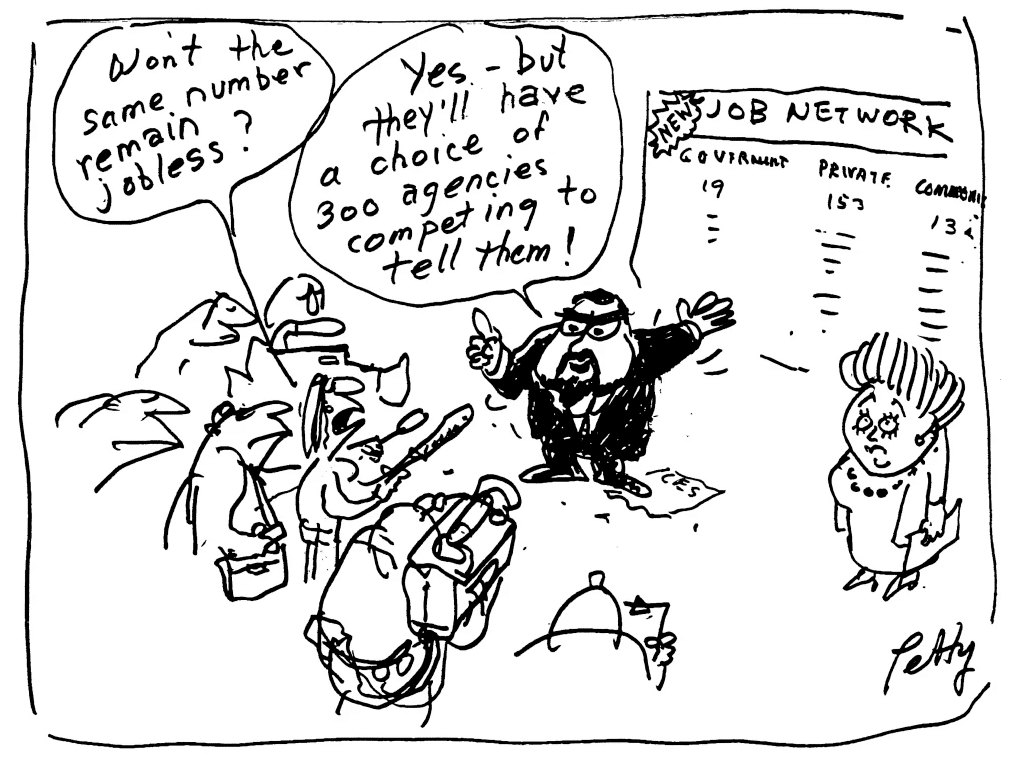It is not just a question of who owns what. It’s about how workforces and the public are treated as a result. It’s about whether public resources are used as a means to reduce inequality rather than buttress it through an even greater concentration of wealth in the hands of the few, along with deeper exclusion for some sections of society.
The champions of inequality have always hated and loathed the public sphere. It reeks too much of the promise of democracy. Democracy, in its fullest sense, cannot be built on structural exclusion. It requires a fair share in decision-making, in control of a shared future. It requires resources to be allocated in the public interest rather than in the interests of private portfolios. The notion that the government does something the private sector could do fills the anti-democratic purveyors of inequality with a deep dread at what they see as the residual persistence of a grey, cumbersome socialism. They also feel dizzy with excitement at the prospect of privatisation.
An aggressive neoliberal agenda has stretched government’s role out of shape. Essential services to the public have been segmented and fragmented, rather than augmented – and this despite (or perhaps because of) growing demand. Whether it’s Centrelink, Medicare, electricity, education or health, nothing is quarantined from being placed under the market’s magic spell.

